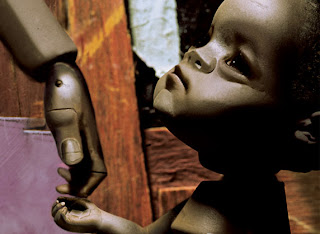At night, they move through the dark streets in stealth, toting: mini-rollers, paint markers, backpacks filled with aerosol cans, and other essential tools. They scale fences, walls, friend’s shoulders, and even hang off the sides of buildings at towering heights, all in an attempt to gain instant fame. Appearing on street corners, billboards, subway trains, buildings, and any place where an artist feels the need to “get up,” in order to communicate with others, and make their presence known. This is graffiti. It’s freedom. It is a freedom for one to say and create whatever they feel without restriction.
From the boroughs of New York to the government buildings of Sao Paulo, it has evolved into a worldwide movement. Whether it’s tags, burners, end-to-ends, bombs, throw ups, pieces, characters, or stencils; each culture takes the traditional base and adapts it to their way of life, gaining inspiration from: traditional folklore, nature, politics, society, and anything that the mind can fabricate.
To authorities and those that do not understand the shapes, messages, or abstract interlocking of letters, it’s considered a public nuisance that’s destroying cities. They may buff or paint over the artistic creations, but when the writing is on the wall, it always comes back.
Over the years graffiti has moved up from the underground and into the mainstream. The once bastard step-child of the art world has become the patriarch of the family; taking the head of the table and influencing millions. It’s branched out from the streets and being idolized in movies, magazines, clothing lines, album covers,modern art and other mediums of pop culture; evolving further than ever envisioned.





































